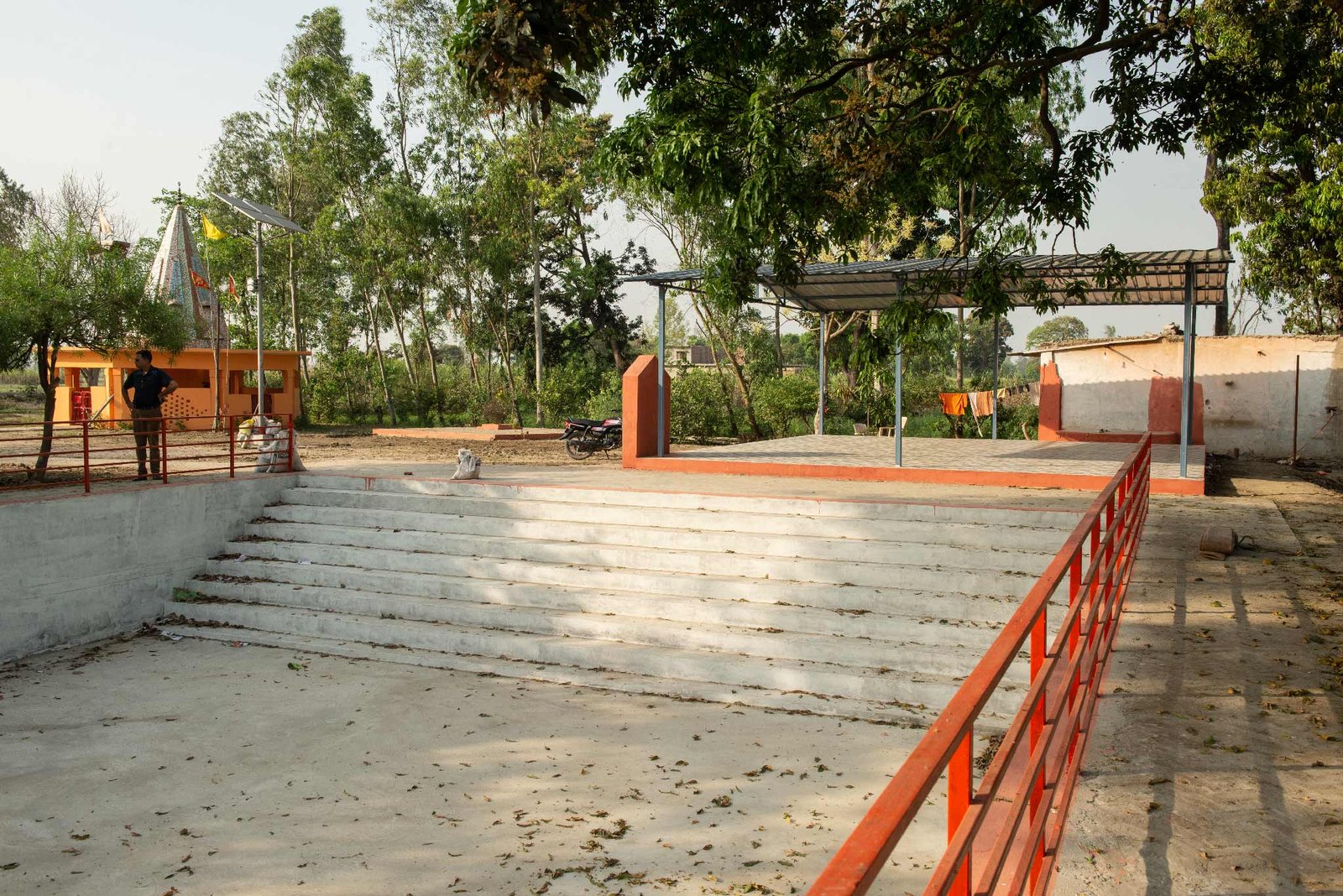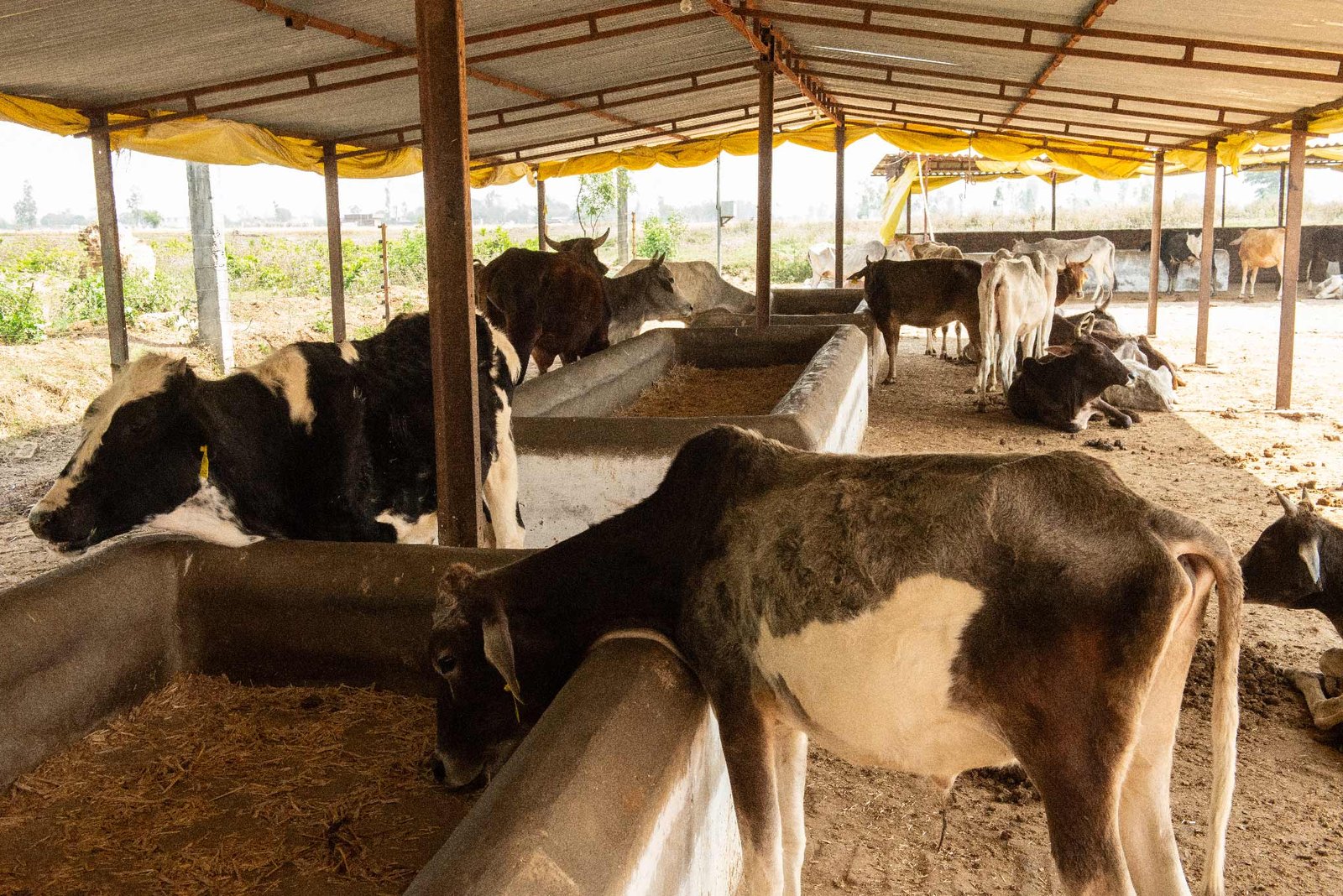
Overview
Rural development efforts aim to enhance basic rural amenities and foster the well-being of residents. Initiatives include the provision of essential facilities such as streetlights, groundwater recharge structures, and improved sanitation to elevate living conditions. Additionally, community spaces are revitalized to promote social interaction and cohesion. Projects like the inauguration of a temple at Rudrapur, endeavors in animal welfare at Rasulpanna, and the installation of solar streetlights and handpumps across various villages in Uttar Pradesh exemplify these community development efforts. By empowering local communities and addressing their needs, these initiatives contribute to the overall progress and prosperity of the regions involved.
“Lorem ipsum dolor sit, amet consectetur adipisicing elit. Necessitatibus nostrum mollitia, repellat assumenda cumque laboriosam quibusdam quod reiciendis quia quisquam vel rem similique eveniet sed quas consequuntur! Dignissimos, quasi beatae.
Communities Developed
Solar Street Lights Installed
Blankets Distributed

The Challenge
Rural development initiatives encounter challenges like limited resources, infrastructure and logistics, cultural sensitivity, and social inequality. Ensuring community engagement, sustainability, and government support are crucial. Effective monitoring and evaluation, along with environmental considerations, can lead to meaningful and inclusive outcomes, positively impacting the lives of those involved.
Strategic Approach
To tackle this challenge, our strategic approach involves several key components.
Comprehensive Planning: Conduct a thorough needs assessment and involve the community in the planning process to identify their priorities and ensure the initiatives align with their needs and aspirations.
Resource Mobilization: Seek multiple funding sources, including government grants, corporate partnerships, and community contributions, to secure sufficient resources for sustained development.
Community Engagement: Foster active participation and ownership among community members through regular communication, workshops, and consultations, respecting their cultural sensitivities and values.
Social Inclusivity: Integrate measures to address social disparities and empower marginalized groups, ensuring equal benefits from the development initiatives.
Capacity Building: Empower local communities by providing training and skills development programs, enhancing their ability to manage and sustain the projects independently.
Government Collaboration: Collaborate closely with government authorities to streamline bureaucratic processes, gain necessary approvals, and foster an enabling environment for community development.
Monitoring and Evaluation: Establish a robust monitoring and evaluation system to assess the impact of the initiatives, allowing for evidence-based decision-making and continuous improvement.
By implementing this strategic approach, community development initiatives can overcome challenges and achieve meaningful, sustainable, and inclusive outcomes, fostering positive transformation and empowering communities to thrive.

Testimonial
















